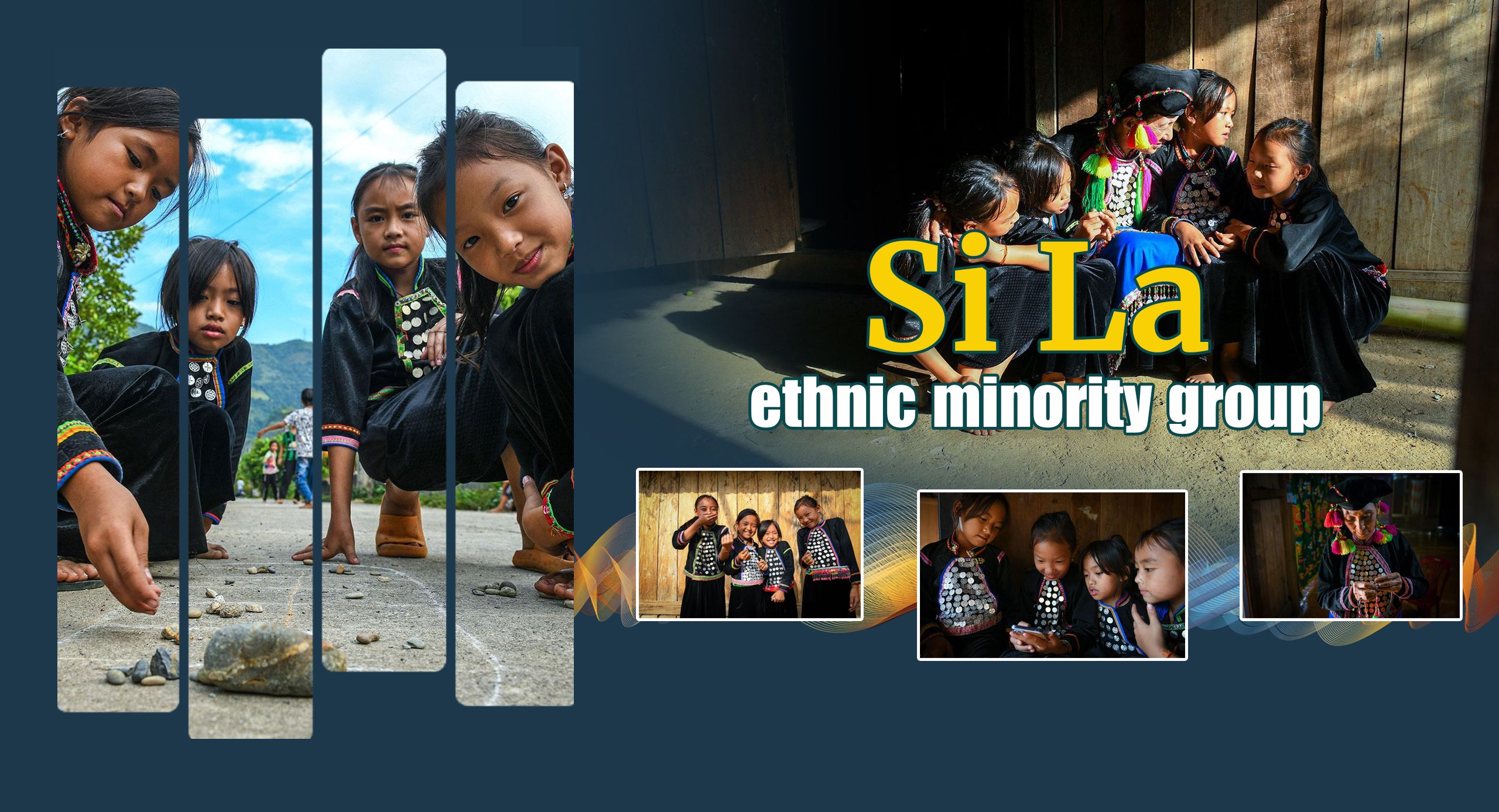
Si La people immigrated to Vietnam about 150 years ago, from Yunnan Province (China). This is currently one of the ethnic groups with a population of less than 1000 people. In the past, they used to live by shifting cultivation and nomadism.
- Other names: Si La people call themselves Cu De Tsu and Kho Puo, which means someone who shows other people things to put in their pockets. Thai people call them Kha Pe, which means reverse skirt. Si La is the official name.
- Language: belonging to the Tibetan - Burmese language group.
- Residence: Si La people live mainly in Lai Chau and Dien Bien.
- History: Si La people migrated from Yunnan Province (China) to Vietnam about 150 years ago. When coming to Vietnam, the Si La people had only six households with the surnames Ly, Giang, Po, Hu, Ly and Vang. In general, Si La households in Vietnam often live unstably, as they constantly move several times.
1. History
Si La people migrated from Yunnan Province (China) to Vietnam about 150 years ago. When coming to Vietnam, the Si La people had only six households with the surnames Ly, Giang, Po, Hu, Ly and Vang. In general, Si La households in Vietnam often live unstably as they constantly move several times.
About the names: Si La people call themselves Cu De Tsu and Kho Puo, which means someone who shows other people things to put in their pockets. Thai people call them Kha Pe, which means reverse skirt. Si La is the official name.
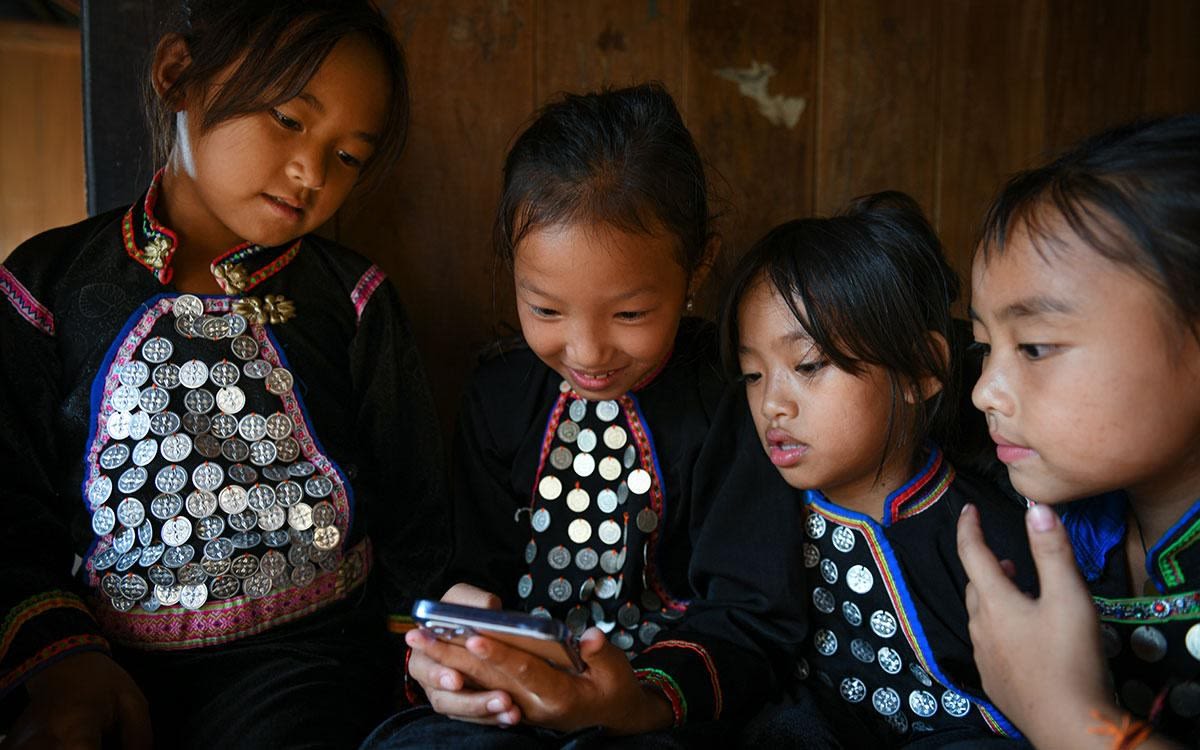
The costumes of Si La ethnic women. (Photo: Tran Thanh Dat)
The costumes of Si La ethnic women. (Photo: Tran Thanh Dat)
2. Population
According to the census data on 53 ethnic minorities as of 1 April 2019, the total population of the Si La ethnic group around the country was 909, of which 453 were male and 456 were female.
3. Language
Belonging to the Tibetan - Burmese language group.
4. Geographical distribution
Si La ethnic people live mainly in Lai Chau and Dien Bien Provinces.
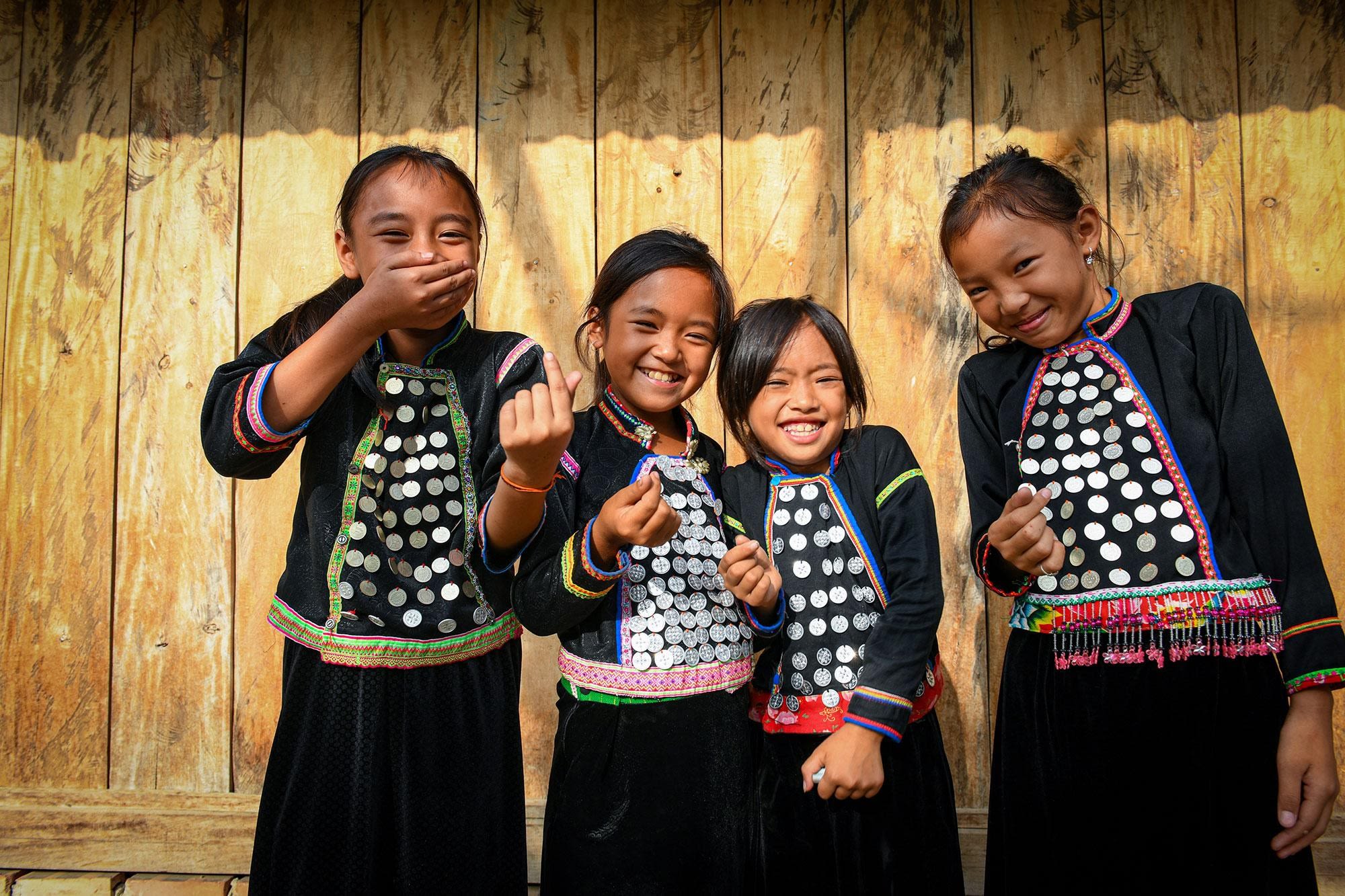
Photo: Thanh Dat
Photo: Thanh Dat
5. Geographical distribution
- Housing: In the past, due to the habit of shifting cultivation, Si La people's houses were simple and temporary, without gardens, outbuildings or animal lodgings. After sedentary cultivation and settlement, houses were built solidly, with vegetable and fruit gardens and animal lodgings.
The house is built in the style of a ground-floor house with two compartments, the ground floor, a thatched roof, a wood wall and a door. Especially, the house of the head of the family clan has an extra door in the left compartment, near the location of the altar. It is only open on worship occasions for the whole family clan.
- Family structure: Patriarchal mode.
- Traditional clothing: Women wear skirts and shirts with buttons on the right armpit and leave their bellies open. Notably, the chest flaps are covered with silver and aluminium coins and their collars and sleeves are decorated with stitches of different colours. Their skirts are black or indigo. Their turbans are differentiated by age and marital status. Women often wear bags woven with hemstitches.
The custom of dyeing teeth is popular with red for men and black for women.
- Cuisine: Si La people eat plain rice. Daily food is usually things that are available in nature, such as meat from wild animals, shrimp, fish, frogs, crabs, vegetables, tubers and fruits, as well as bamboo shoots, mushrooms and insects, etc. The meat from wild animals is often boiled, fried, grilled and cooked in soup and for salad, as well as dried, salted or fried and then soaked in fat to preserve the food. Shrimp, fish, and molluscs are often cooked in soup, dried, steamed, silaged or salted. Vegetables are often cooked in soup, boiled, fried or seasoned.
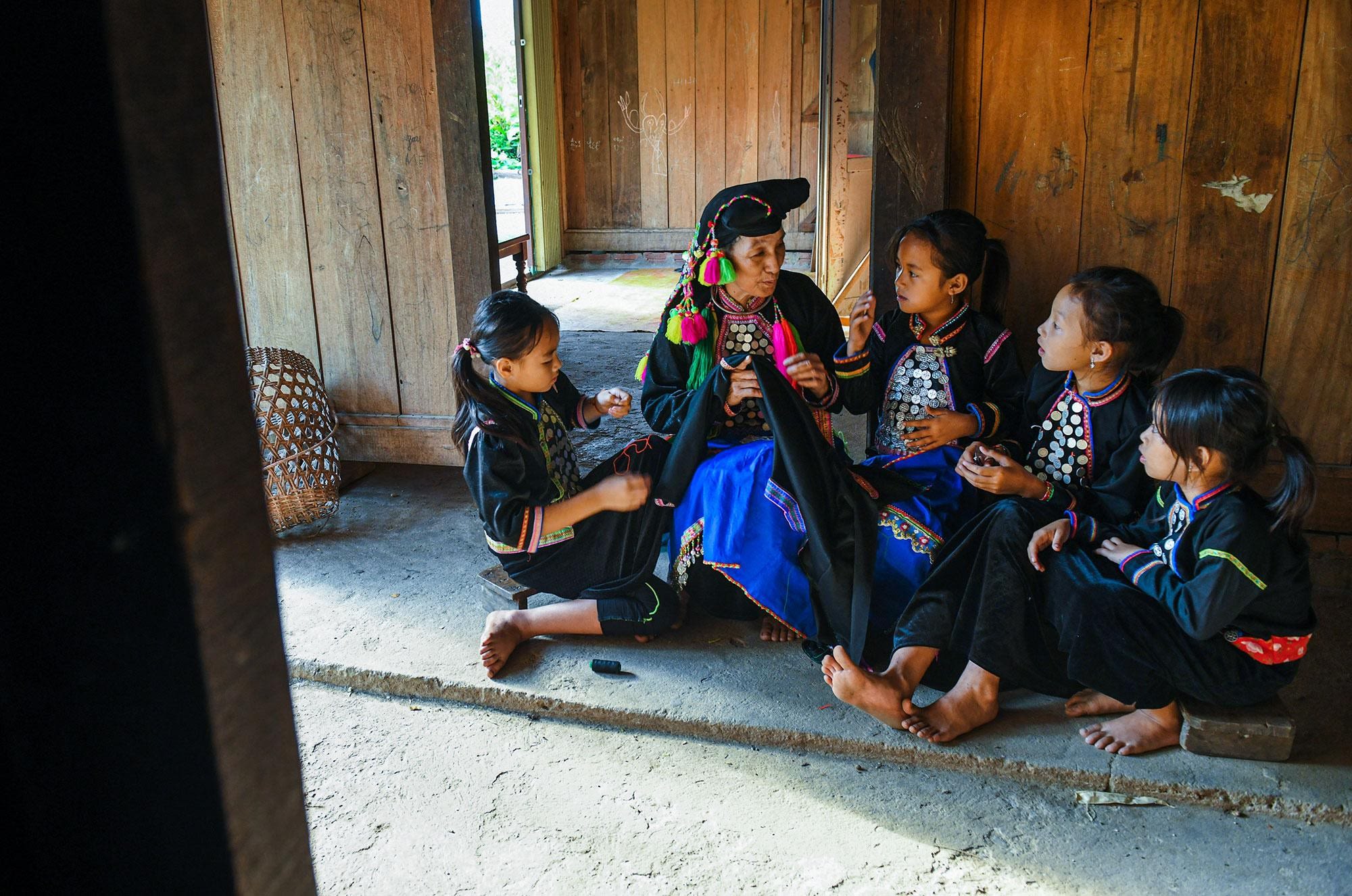
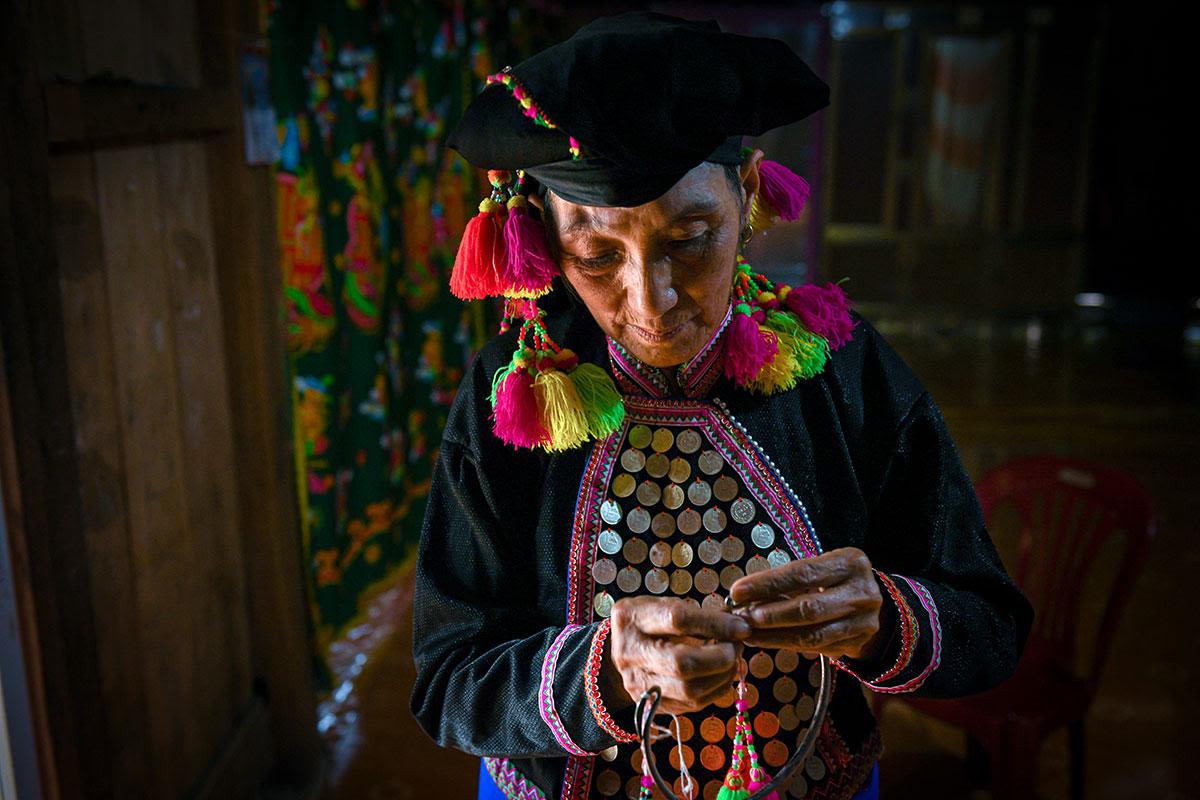
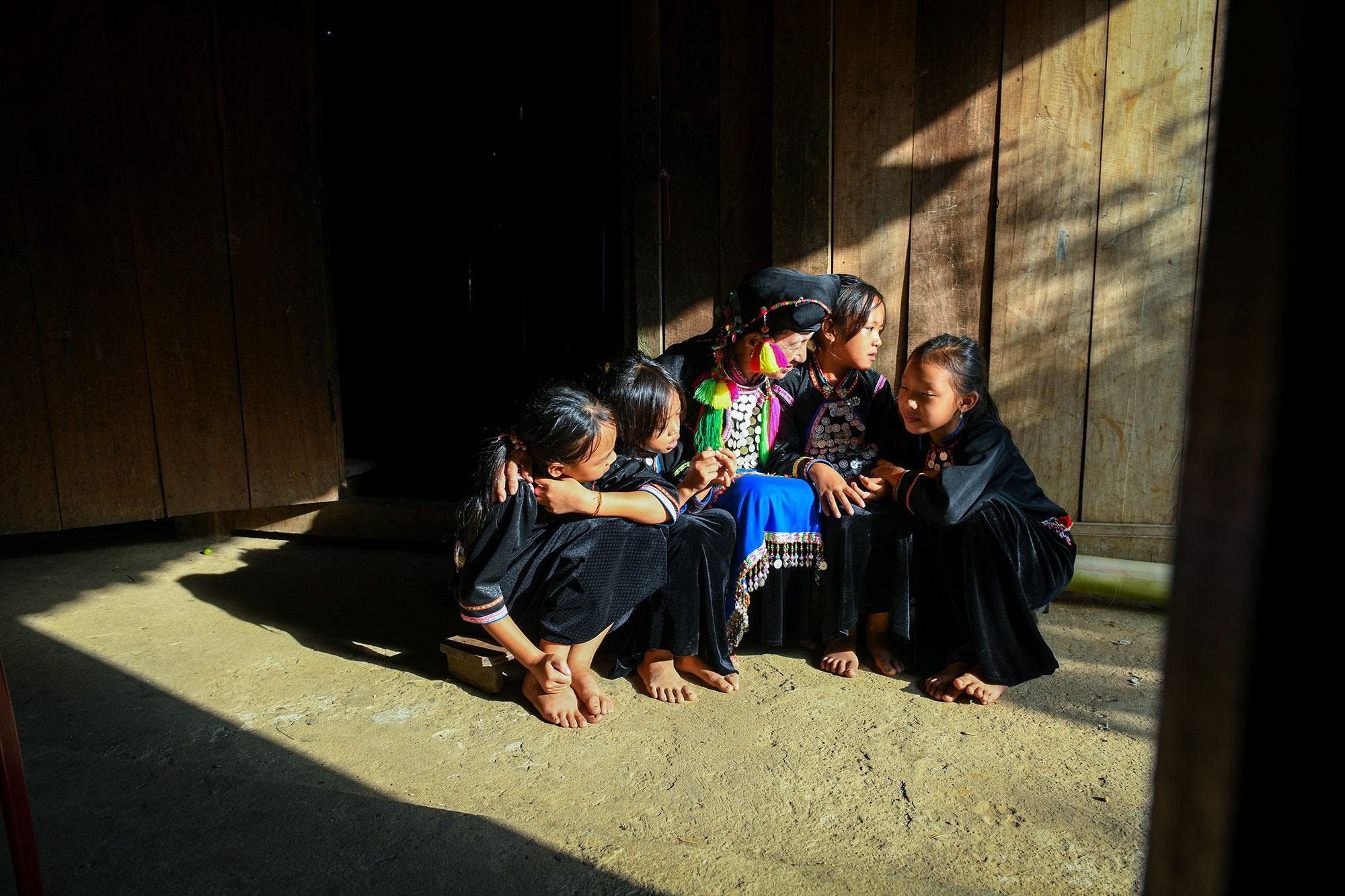
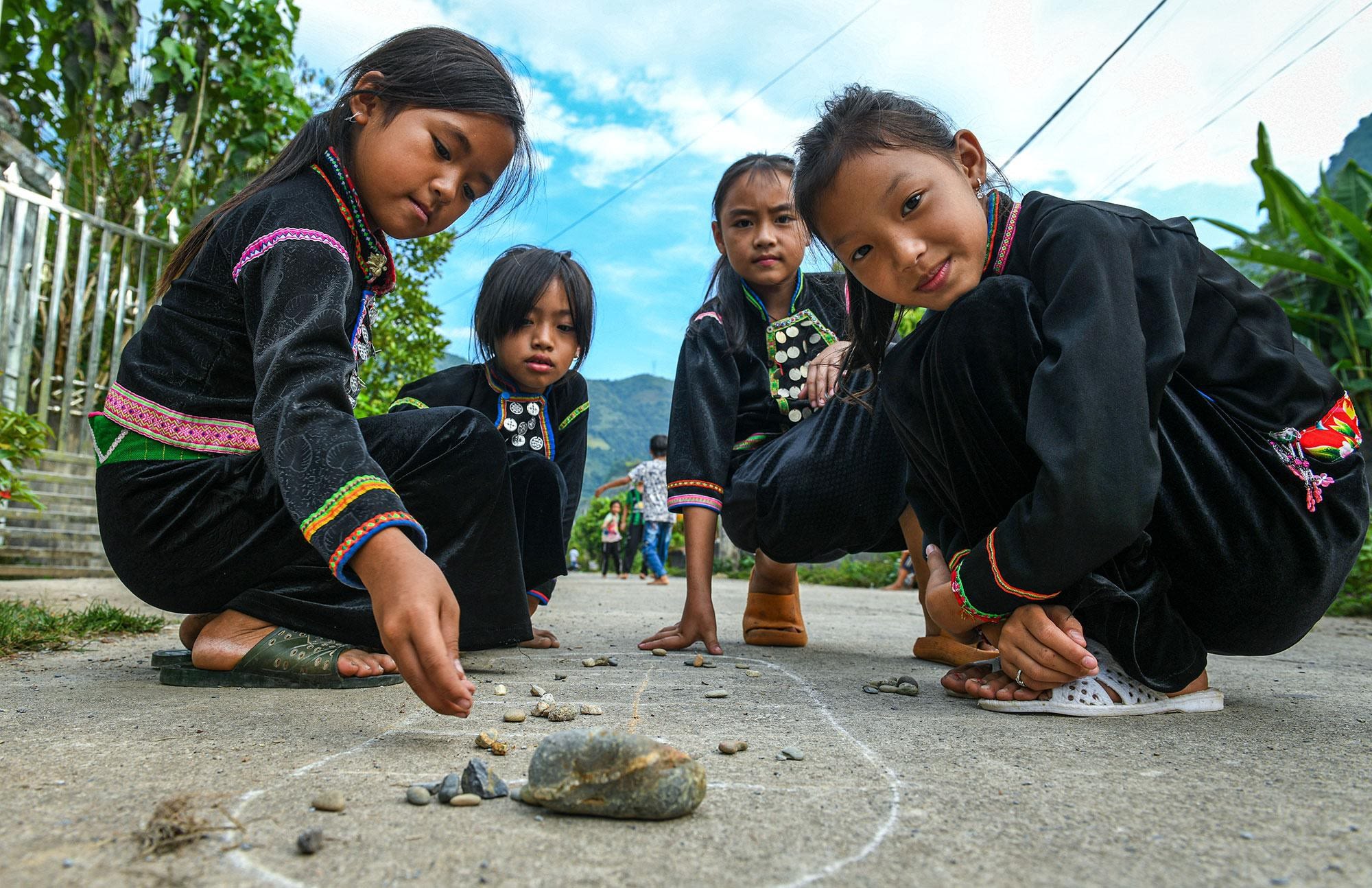




- Festivals: Si La people celebrate the New Year at the beginning of the 12th lunar month and the New Rice Festival.
- Belief: Si La people worship their parents and grandparents and those of older generations who passed away. Children only worship their deceased biological parents. The generations of grandparents upwards are worshipped by the head of the family clan.
The most important offering ceremony is the ritual to pray for good health, without disease and sickness, and for pigs and chickens not caught by wild animals. Every seven years, they perform a ceremony to worship the “soul” of rice. Accordingly, they use a fishing net to catch fish and rice, to bring the “soul” of rice from the fields to the village and their houses, and then carefully store it in the rice pot.
- Economic conditions: Si La people cultivate on upland fields and wet fields, growing maize, rice, crops, black sorghum, white sorghum, vegetables and spices. They also raise horses, buffaloes, cows, goats, chickens and ducks. Si La people also have another occupation of knitting.
According to the “Basic characteristics of 54 ethnic minorities in 2019”, conducted by the Committee for Ethnic Minority Affairs and the General Statistics Office, the poverty rate is 34.4%; the rate of near-poor households is 13.4%; the unemployment rate is 0.70%; the rate of trained workers with degrees and certificates is 17.0%; the proportion of labourers working in the non-agricultural sector is 16.0%; and the proportion of employees working in the field of management or technical qualification is 12.2%.
- Education conditions: According to the “Basic characteristics of 54 ethnic minorities in 2019”, conducted by the Committee for Ethnic Minority Affairs and the General Statistics Office, the percentage of people aged 15 and over who can read and write is 68.3%; the net attendance rate for children of primary school age is 100%, and of junior secondary school age is 100%, and of senior secondary school age is 85.5%. The proportion of out-of-school children is 6.1%.